
Expedition Yachts and Trawlers
Rugged luxury yachts designed for extended cruising and exploring remote destinations in style and comfort.Manufacturers of expedition Yachts and Trawlers




The brand Absolute Yachts produces expedition yachts and trawlers and semi-displacement yachts. There are 14 models currently in production ranging from 14 to 23 meters. The current model range includes 3 lines: Coupé, Flybridge and Navetta. We invite you to explore all current and older models from Absolute Yachts and contact us for sales and pricing information.
Read more >




The brand Admiral produces displacement yachts, motor superyachts and is also active in the superyacht market. There are 15 models currently in production ranging from 45 to 145 meters. We invite you to explore all current and older models from Admiral and contact us for sales and pricing information.
Read more >
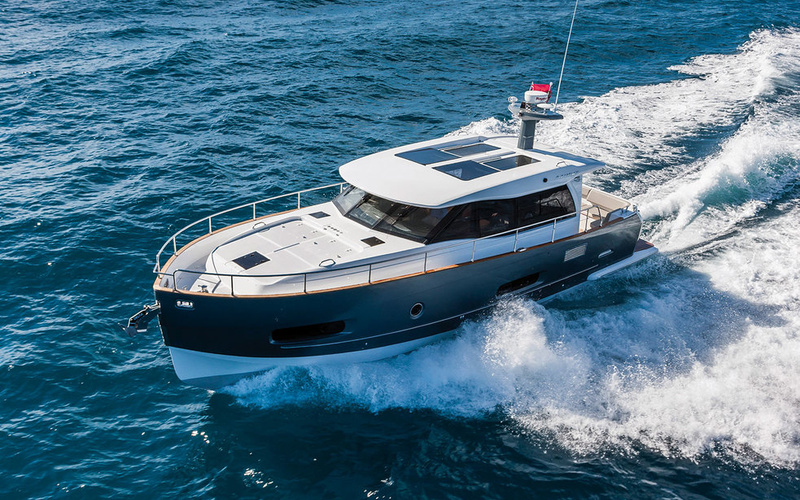



The brand Azimut Yachts produces flybridge yachts, semi-displacement yachts and is also active in the superyacht market. There are 35 models currently in production ranging from 10 to 39 meters. The current model range includes 7 lines: Atlantis, Fly, Grande, Magellano, S, Seadeck and Verve. We invite you to explore all current and older models from Azimut Yachts and contact us for sales and pricing information.
Read more >



The brand Baglietto produces motor superyachts, semi-displacement yachts and is also active in the superyacht market. There are 6 models currently in production ranging from 34 to 61 meters. The current model range includes 3 lines: Dom Line, Fast Line and Tline. We invite you to explore all current and older models from Baglietto and contact us for sales and pricing information.
Read more >




The brand Beneteau Yachts produces aft cockpit sailboats and outboard boats. There are 44 models currently in production ranging from 4 to 19 meters. The current model range includes 8 lines: Antares, First, First SE, Flyer, Gran Turismo, Oceanis, Oceanis yacht and Swift Trawler. We invite you to explore all current and older models from Beneteau Yachts and contact us for sales and pricing information.
Read more >


The brand Benetti Yachts produces displacement yachts, motor superyachts and is also active in the superyacht market. There are 13 models currently in production ranging from 34 to 75 meters. The current model range includes 5 lines: B.Century, B.Now, B.Yond, Class and Oasis. We invite you to explore all current and older models from Benetti Yachts and contact us for sales and pricing information.
Read more >


The brand CL Yachts produces expedition yachts and trawlers, flybridge yachts and is also active in the superyacht market. There are 5 models currently in production ranging from 19 to 30 meters. The current model range includes 3 lines: A, B and X. We invite you to explore all current and older models from CL Yachts and contact us for sales and pricing information.
Read more >




The brand Canados produces motor superyachts, semi-displacement yachts and is also active in the superyacht market. There are 20 models currently in production ranging from 13 to 44 meters. The current model range includes 3 lines: Canados, Gladiator and Oceanic. We invite you to explore all current and older models from Canados and contact us for sales and pricing information.
Read more >
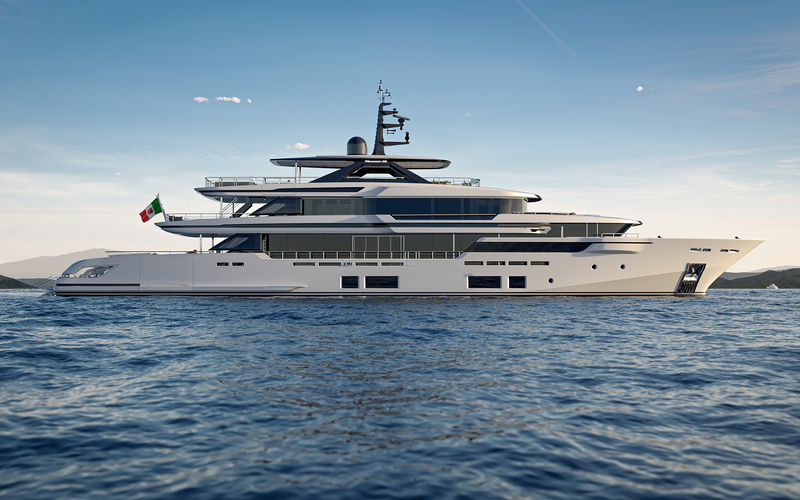

The brand Custom Line Yachts produces motor superyachts, semi-displacement yachts and is also active in the superyacht market. There are 8 models currently in production ranging from 28 to 50 meters. The current model range includes 2 lines: Navetta Line and Planing Line. We invite you to explore all current and older models from Custom Line Yachts and contact us for sales and pricing information.
Read more >




The brand Damen produces displacement yachts, expedition yachts and trawlers and is also active in the superyacht market. There are 4 models currently in production ranging from 55 to 105 meters. The current model range includes 1 line: SeaXplorer. We invite you to explore all current and older models from Damen and contact us for sales and pricing information.
Read more >
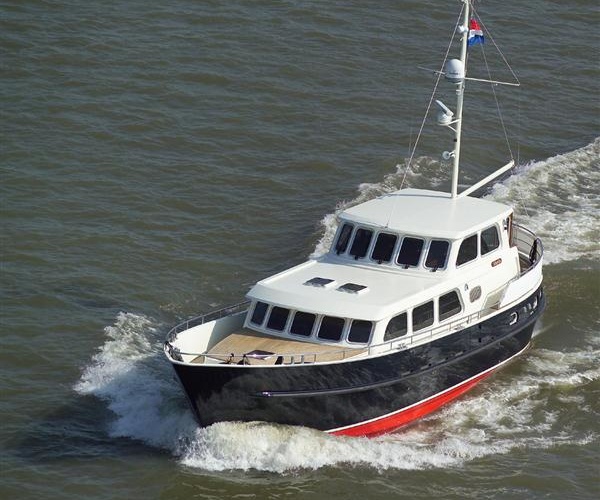



The brand De Alm produces displacement yachts and steel yachts. There are 28 models currently in production ranging from 7 to 30 meters. The current model range includes 7 lines: Alm Skipper Jacht, Almclassic, Almkotter, Almsloep, Almtrawler, Delfino and Grand Voyager. We invite you to explore all current and older models from De Alm and contact us for sales and pricing information.
Read more >
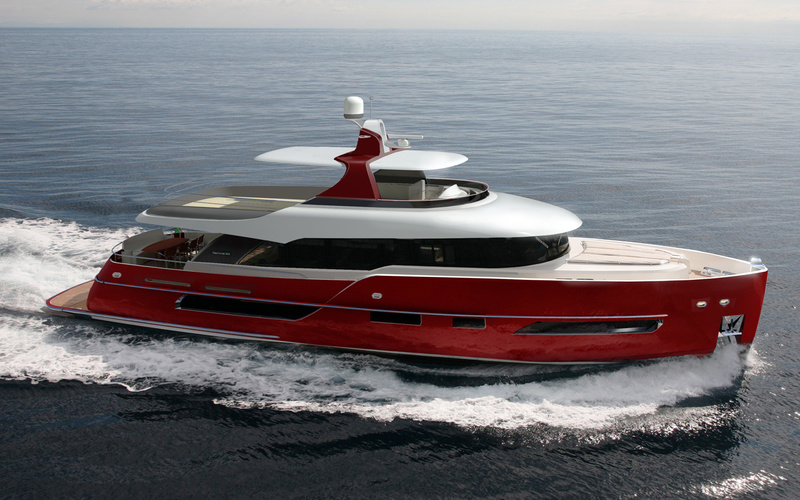



The brand Gamma Yachts produces expedition yachts and trawlers and steel yachts. There are 4 models currently in production ranging from 18 to 26 meters. We invite you to explore all current and older models from Gamma Yachts and contact us for sales and pricing information.
Read more >
Selling Brokers Expedition Yachts and Trawlers
Category Description
The terms expedition yacht and explorer yacht are largely interchangeable and both refer to long range ocean-going vessels built for ocean crossings and long journeys in diverse weather conditions. If one must make a distinction between the two terms, an explorer yacht is typically a luxury yacht with long-range capabilities while an expedition yacht is built to be rugged and capable of withstanding rough seas and extreme weather conditions while still providing plenty of comfort and indeed luxury. It is a very fine line in definition and in most cases the terms are used to describe exactly the same types of yacht and yacht models on the market. Expedition yachts are typically larger than traditional pleasure boats, with a length ranging from 60 to over 200 feet.
While expedition yachts have a clear form and function when viewed from the outside they typically have spacious and comfortable interiors with amenities including gourmet kitchens, fully equipped gyms and spas, entertainment areas and of course very comfortable cabins. They may also have onboard space for smaller exploration vehicles including helicopters, tenders and even mini submarines to enable extended exploration activities. Expedition yachts are certainly not for everyone, but they are certainly popular among (very) wealthy adventurers.
As expedition yachts and trawlers are designed for long journeys, they should be very fuel-efficient, autonomous, safe and maintainable. Some boat builders, such as Nordhavn Yachts, equip their yachts with backup engines and duplicate all life support systems, so that a breakdown could not disable a vessel in the middle of the ocean. Desalinators and water purifiers are a must onboard an ocean-crossing vessel and so they are on these yachts.
Trawler-type yachts are a special case of expedition yachts. The design of recreational trawlers resembles that of commercial trawlers used for ocean fishing. Just like their commercial ancestors, trawler yachts have full displacement steel hulls and raised pilothouses with reverse raked glass. The raked-forward windshield is not only about aesthetics but also has actual functional advantages. Water flows faster off the reverse sloped windshield allowing the helmsman to see better in bad weather. It also helps avoid the reflection of the control panel in the glass at night and cuts glare during the day.
How are expedition motor yachts and trawler yachts built?
Most expedition yachts and trawler yachts have full-displacement hulls with deep draft, making them not so fast, but stable and efficient. Steel is the most common material for the hull, and aluminum for the superstructure. Some of the recent explorer yacht builds also use composite materials for the hull.
Expedition yachts and trawlers have to carry a lot of fuel, water, and other supplies on board. Fuel reserves on board should be good for a range of about 5,000 miles at speeds up to 10 knots. If the yacht is intended to sail in high latitudes, then her hull must be polar code B compliant. The Polar Code compliance indicates that the vessel has the ability to withstand flooding if the hull is damaged by ice.
What types of engines are used on expedition yachts and trawlers?
Maintainability and reliability being crucial requirements to an explorer yacht's propulsion systems, they usually consist of tried-and-true setups with diesel engines and shaft-driven propellers. Heavy-duty diesel engines such as CAT, MAN and John Deere, that can run smoothly for a long time, are used on expedition yachts and trawlers. Twin Engines and twin generators are installed so that if one of them fails, the yacht will remain underway.
Over the last years, though, yacht builders have also developed and built explorer yachts with hybrid propulsion systems, where diesels are complemented by electric motors and batteries, allowing for emission-free motoring in environmentally sensitive areas.
Similar categories



























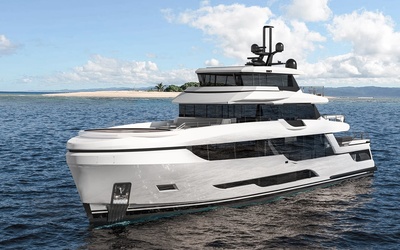












































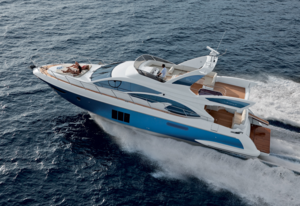 251
251
 254
254
 230
230
 645
645
 468
468
